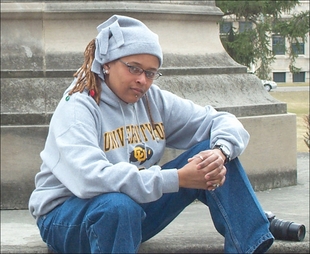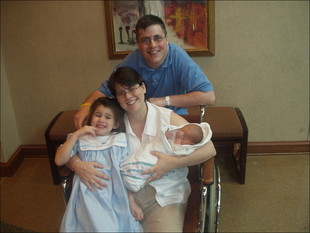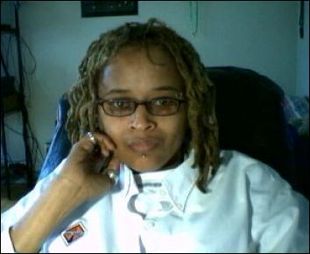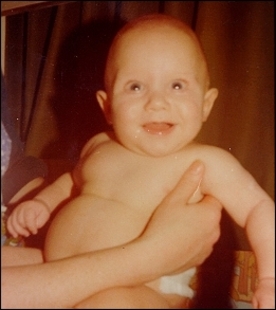| Chapter 1 WELCOME TO PARENTS | ||
|---|---|---|
 |  | |
If you’ve just found out your child has some kind of disorder of sex development (called a DSD for short), you may be feeling confused and stressed. Like other parents in this situation, you may have these kinds of questions going through your mind:
Why me? Why my child?
Did I do something wrong?
What if I can’t love my child?
Are the doctors telling me everything? Is there more to come?
What am I going to tell my family and friends?
Is there a way I can make this all go away?
These kinds of questions are common to parents in this situation. We hope that this handbook will help you begin to answer these questions and that it will help you feel stronger, more certain, less confused, and less stressed. We hope it will assure you that, with your loving support, your child can grow up to be well, happy, loved, and loving.
This handbook does not include a large amount of medical information about your child’s specific condition. That is because there are many conditions that count as disorders of sex development (DSD), so it would be impossible for us to cover them all. Instead, this book is meant to give you some basic information about sex and gender development. It is also meant to give you emotional support and ideas about how to cope with your feelings and your day-to-day life. It gives ideas about how to help your child adapt and thrive, and it gives you advice about how to talk with your child (and others, too) as he or she grows up. The central purpose of this handbook is to help you as you travel on the journey of life with your child.
This book is set up so that you can read it from beginning to end, but it also allows you to skip from chapter to chapter if you like. We do suggest you start by reading all of Chapter 1 WELCOME TO PARENTS where we discuss the main issues of having a child with a DSD. Chapter 2 YOUR CHILD’S DEVELOPMENT, AND HOW TO TALK WITH YOUR CHILD walks you through the development of your child, including how to talk with your child, at various ages, about his or her DSD. Chapter 3 HOW TO TALK WITH OTHERS gives you practical advice about how to talk with others about your child’s DSD, as you will sometimes need to. For example, it suggests how to talk with your child’s daycare provider or teacher. Chapter 4 ANSWERS TO COMMON QUESTIONS gives answers to parents’ common questions about having a child with a DSD. Chapter 5 HELPFUL HANDOUTS provides helpful handouts that you can use as you do things like prepare for a doctor’s appointment, or as you think about keeping a journal of your own experiences. Chapter 6 THOUGHTS FROM FELLOW PARENTS AND FROM ADULTS WITH DSD includes letters from fellow parents about their real-life experiences. It also includes some memories from adults with DSD, talking about key points of their experiences. Some of them take the opportunity there to tell what they wish, in retrospect, their parents had known. Chapter 7 OTHER RESOURCES (WHERE TO LEARN MORE) tells you about where you can learn more, including how to find a support group specific to your child’s DSD. The GLOSSARY (EXPLANATION OF TERMS) provides a list of terms that you may not be familiar with, along with a definition for each.
Before we get started, just one thing: While this handbook focuses on your child’s DSD, do try to keep it in perspective. Although your child’s DSD can sometimes feel like a skyscraper towering over you and your child, it is just one aspect of your child’s life—and just one aspect of your life with your child. Remember that your child, and your relationship with your child, is actually much richer and greater than can be captured in this book.
First and foremost, you should understand that you are certainly not alone. DSD occur around once in every 1500 births. This means that, every week, dozens of parents in the U.S., and hundreds worldwide, learn the news that their children have DSD. Until recently, people did not talk about these conditions very much, so you may have never heard of your child’s condition before. But that is changing, and compared to just a few years ago, families like yours are getting much more information and support. Getting lots of accurate information, passing that information on to your child as he or she grows up, and reaching out to others will mean that you and your family do not feel alone in the dark.




 |
© Accord Alliance a project of the Tides Center |
accordalliance.org |